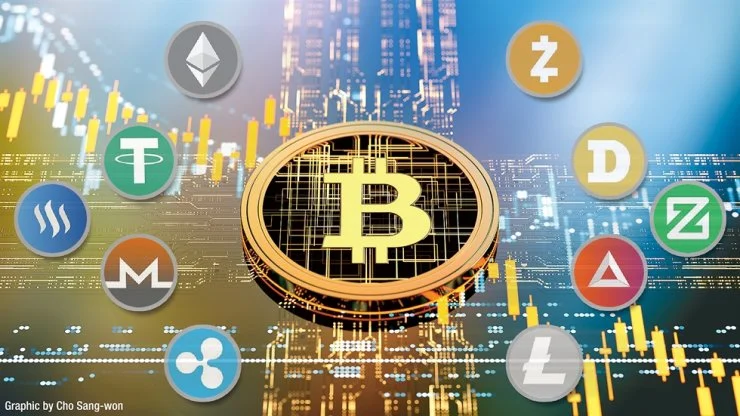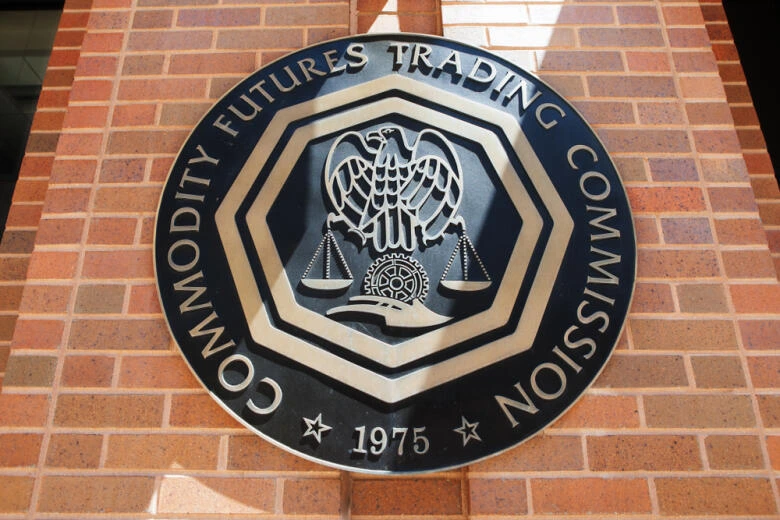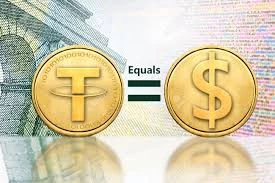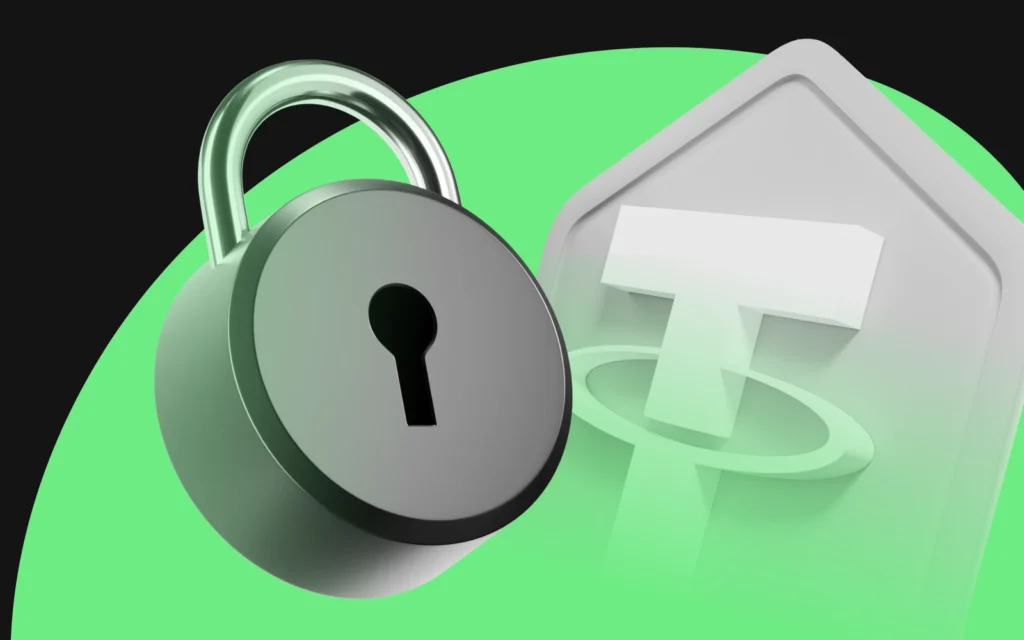Is USDT Safe and Regulated — or a Digital Bomb Ticking Under Our Wallets?
November 12, 2024

In today’s electrifying financial world, where digital assets flip values faster than your favorite meme coin trends, one stablecoin consistently steals the spotlight—USDT. Known globally as the heavyweight champ of stablecoins, Tether’s USDT doesn’t just sit in the ring; it dominates it. Yet a critical question keeps bouncing across the blockchain: is USDT safe and regulated?
From high-rise finance towers to crypto Reddit forums, they all want to know. Let’s break it down in true no-nonsense fashion—wild facts, bold claims, and a mystery that refuses to sit still.
Yes, he—the CEO—says a full audit is on the horizon. He claims it’s a top priority. But they—the financial watchdogs—aren’t cheering just yet. Until that audit lands with hard proof, doubt lingers like a shadow.

Regulatory Showdown: Is USDT Safe and Regulated by Global Standards?

Let’s be real—no digital currency can survive without answering to regulators. And Tether knows it.
Following the CFTC fine, global scrutiny reached new highs. Countries from Europe to Asia are pushing stablecoin issuers toward stricter compliance, demanding everything from anti-money laundering guarantees to crystal-clear audits.
Why the fuss? Because roughly $17 billion in shady transactions have flowed through USDT. That’s not pocket change—it’s a flashing red warning light for regulators. In response, Tether started playing nice with law enforcement, cooperating with over 200 agencies around the globe.
Meanwhile, U.S. regulators are sharpening their focus. As legislation tightens, stablecoin issuers have two choices: get in line or get out. Tether, to its credit, appears to be gearing up for compliance. They’ve hinted at launching a blockchain-based payment system right in the U.S., aligning with what experts expect from upcoming crypto laws.
But the final question remains on everyone’s lips: is USDT safe and regulated enough to meet the standards of a traditional financial system? Right now, the answer still wobbles between “almost” and “not yet.”
Unpacking the Hype: Is USDT Safe and Regulated or Simply Market Muscle?

They say USDT offers stability in a stormy crypto sea. Pegged 1:1 with the U.S. dollar, it promises to keep digital wallets steady when Bitcoin or Ethereum go on their wild rides. But behind the dollar-pegged facade lies a cascade of unanswered questions.
Tether, the issuer, claims every USDT is backed by a reserve—a mix of Treasury bills, cash, and other “approved” assets. But critics aren’t buying that promise wholesale. In 2021, the Commodity Futures Trading Commission (CFTC) fined Tether a jaw-dropping $41 million. Why? Because for over two years, they didn’t hold enough reserves to back all USDT in circulation. In fact, they only held sufficient reserves about 27.6% of the time.
Since then, Tether has turned up the transparency dial. They now publish quarterly attestations, giving us all a curated peek into their reserves. Still, it’s not a full-blown audit by any Big Four firm. And without that rock-solid stamp, many remain skeptical.
The Big Picture: Why USDT’s Safety and Regulation Matters to Everyone

Whether it’s a whale making million-dollar trades or a newcomer using crypto for cross-border payments, everyone touches USDT at some point. Its massive trading volume keeps crypto markets liquid, stable, and flowing.
Yet, with no confirmed audit and past regulatory bumps, risk still clings to Tether like static on a fleece hoodie.
Yes, Tether has improved. Yes, they’ve opened doors to regulators. But until there’s undeniable proof of full reserve backing—and until regulators sign off with a clean bill—investors are left balancing trust against uncertainty.
So again, we ask: is USDT safe and regulated? He says it is. They say it’s improving. But as the crypto world accelerates, only hard facts will calm the storm.
Relevant News : Here

